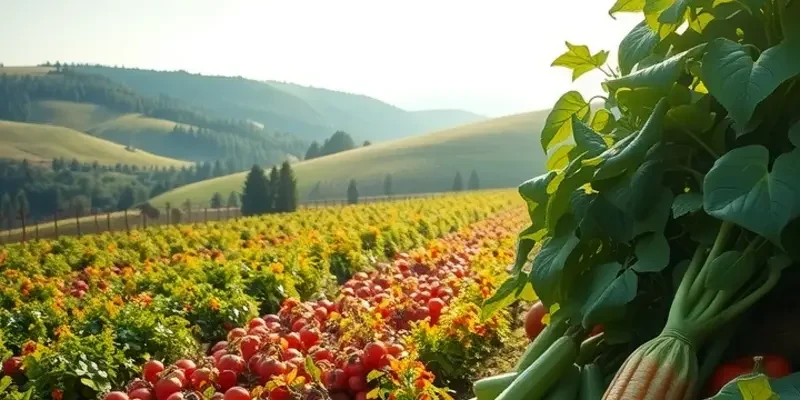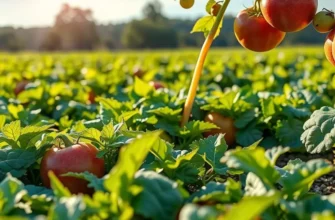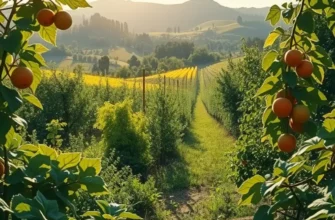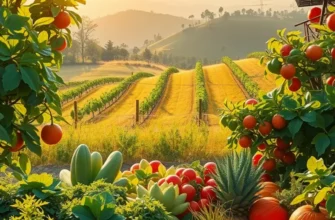Sparkling water has gained popularity as a refreshing beverage, but how long can you keep it on the shelf? Understanding its shelf life is crucial for safe storage and waste reduction. This guide will help you learn the ins and outs of sparkling water storage, the factors affecting its longevity, and practical tips for managing your supply effectively.
Understanding Sparkling Water Shelf Life
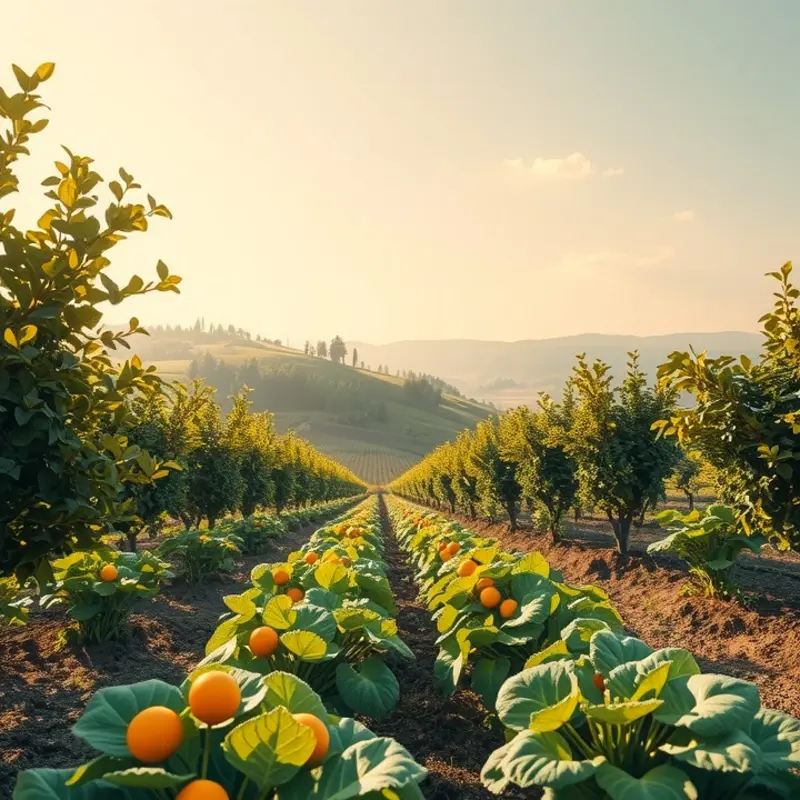
The shelf life of sparkling water is influenced by several factors, with packaging and storage playing crucial roles. Packaging comes first in the line of defense; the materials used can extend freshness by preventing air exposure. Glass bottles are known for their impermeable nature, effectively protecting sparkling water from oxygen seeping in. Aluminum cans also offer a strong barrier against light and air. Meanwhile, plastic bottles, particularly those made from PET, are less efficient in maintaining carbonation over time due to their permeable nature.
Storage conditions are equally important in preserving the quality of your sparkling water. Temperature is a critical factor; storing sparkling water in a cool, dark place helps maintain its carbonation and taste. Heat can accelerate the process of carbonation loss and impact flavor negatively. It’s advisable to keep bottles in a pantry or a refrigerator to maintain optimal conditions.
Understanding the significance of ‘best by’ dates is another key to maximizing shelf life. These dates are not expiration indicators but rather a manufacturer’s estimate of how long the product will retain its prime quality. Consuming sparkling water past this date doesn’t necessarily pose a health risk, but it might have lost some of its sparkle and taste. It is a common practice to shake a bottle gently to observe if the drink still fizzes and releases bubbles, indicating retained carbonation.
Carbonation is the hallmark of sparkling water, adding not only enjoyment but also impacting shelf life. The carbon dioxide, which makes water “bubbly,” can escape over time, particularly if the container is opened and resealed frequently. For opened bottles, tightly sealing them and storing in a cooler environment can help retain some of the fizz. However, the longer the bottle remains open, the more likely it is to become flat, losing both its effervescence and distinct taste.
To further delve into reducing waste while maximizing the freshness of sparkling water, considering low-waste consumption practices can be beneficial. Employing strategies such as proper storage and conscientious use can lead to a more sustainable consumption model. If interested in exploring more about storage techniques and minimizing food waste, the low-waste cooking and prep guide offers valuable insights.
Understanding these factors helps in making informed choices about purchasing, storing, and enjoying sparkling water at its best. While packaging, storage, and carbonation are critical elements, personal habits also play a role. Ensuring that bottles are stored properly and consumed while still fresh can enhance the experience and help you enjoy sparkling water to its fullest potential.
Practical Tips for Storing Sparkling Water
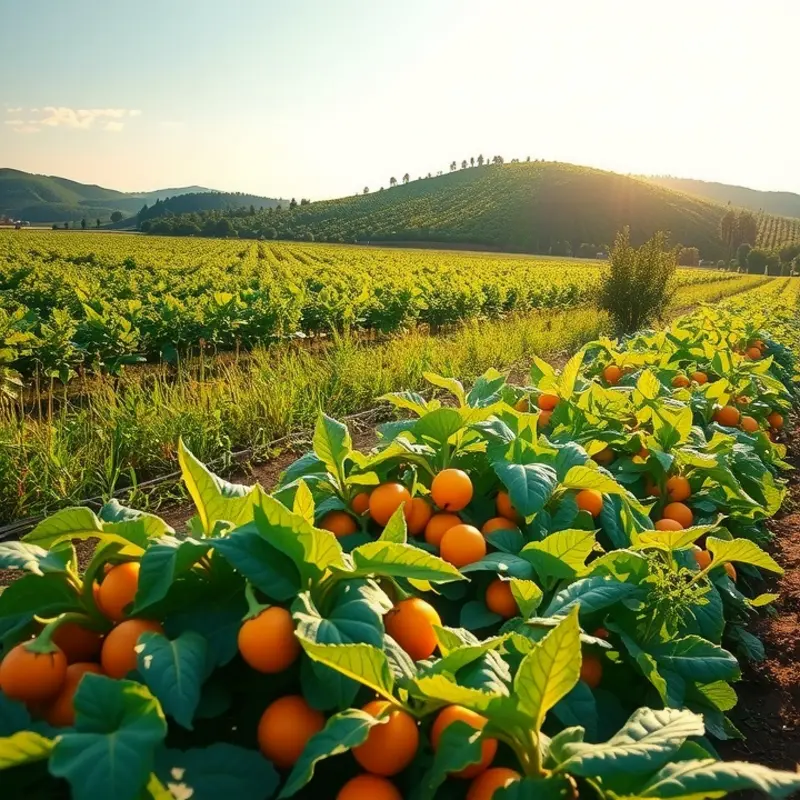
Keeping sparkling water fresh and fizzy requires the right storage methods. By following these practical tips, you can extend the life of your sparkling water while minimizing waste at home.
The ideal storage temperature for unopened bottles of sparkling water is between 50 and 60 degrees Fahrenheit. Avoid exposing them to extreme temperatures, which can affect carbonation and flavor. Store bottles away from direct sunlight to prevent any negative impact on taste or carbonation.
Once a bottle is opened, consume the remaining sparkling water within three to five days to enjoy its optimal taste and fizz. To keep it fresh, tightly reseal the bottle using its original cap or a specialized bottle stopper designed to maintain carbonation.
Refrigeration is key for preserving opened sparkling water. The cold temperature slows down the degradation of carbonation, keeping your beverage bubbly for longer. However, avoid freezing, as this can alter the texture and quality of the water, and possibly result in broken bottles due to expanding liquid.
Consider transferring opened sparkling water into smaller, airtight containers to reduce the air space, which can help maintain fizz. When pouring, be gentle to minimize the loss of carbonation, tipping the glass to reduce splashing.
For those who stock up on sparkling water, arranging bottles in a way that prevents them from rolling or tipping is essential. This helps avoid any unwanted agitation that might affect the drink’s effervescence. A stable, orderly storage method, such as using stackable racks, keeps your collection both organized and accessible.
If you’re looking for more ways to maintain food and beverage quality while reducing waste, check out this guide on safer storage of sauces. Employing consistent strategies across different products helps create a more sustainable kitchen environment.
By combining these methods, you can ensure that your sparkling water stays fresh, fizzy, and ready to enjoy. This not only enhances your beverage experience but also supports more mindful consumption.
Final words
Knowing the shelf life of sparkling water helps you make informed choices about when to enjoy it. Remember to check your bottles regularly and be mindful of storage conditions to maintain the best flavor and fizz. By implementing simple strategies for storage and checking expiration dates, you can minimize waste and enhance food management at home. Keep sparkling water fresh and enjoyable with these practical tips.

